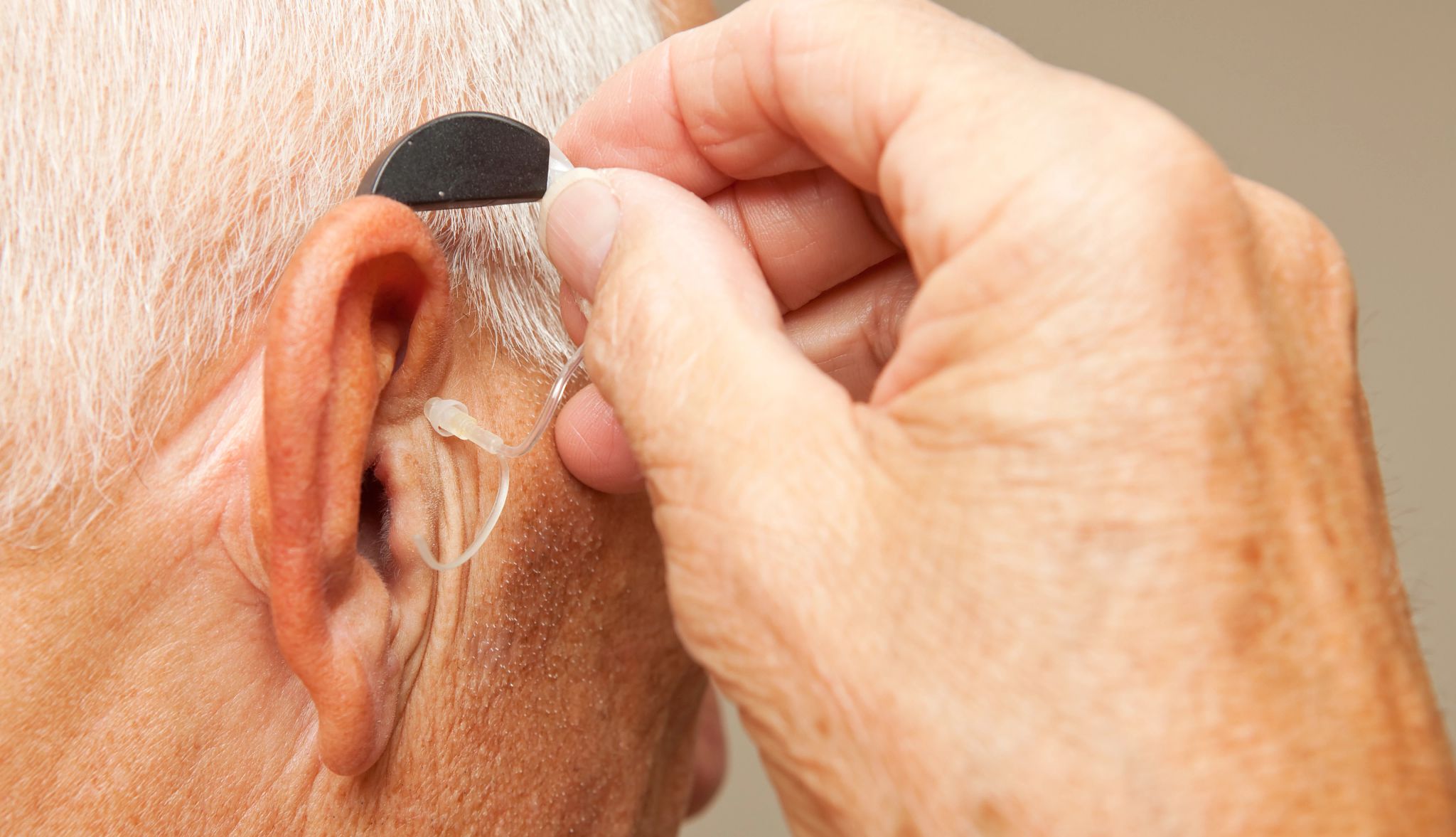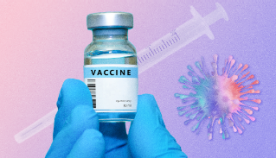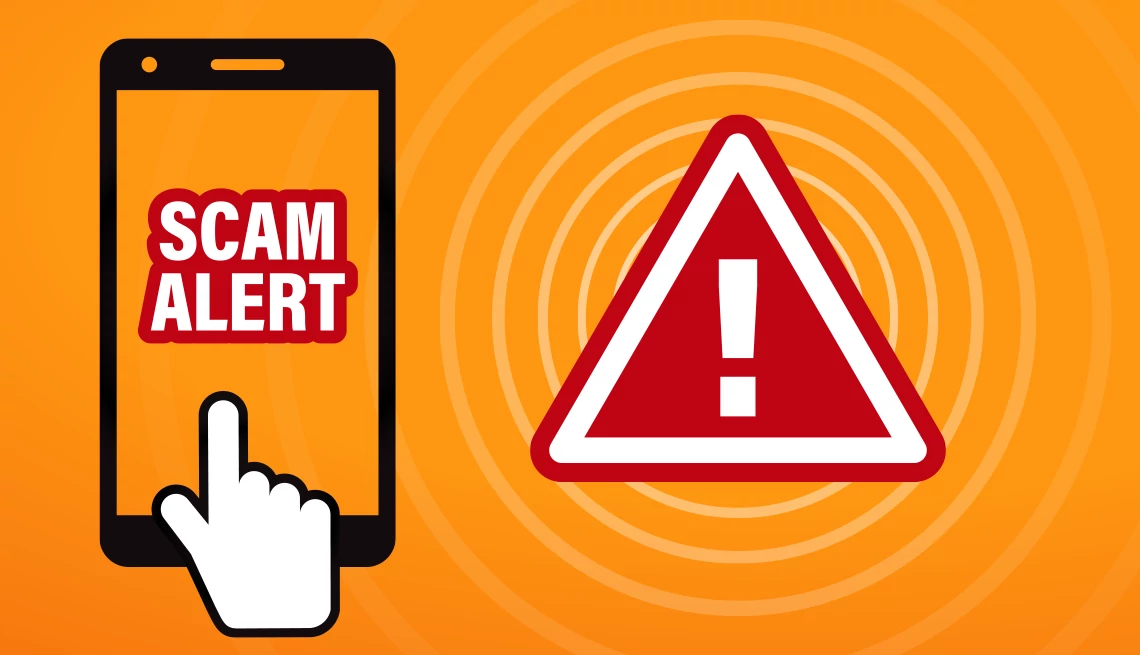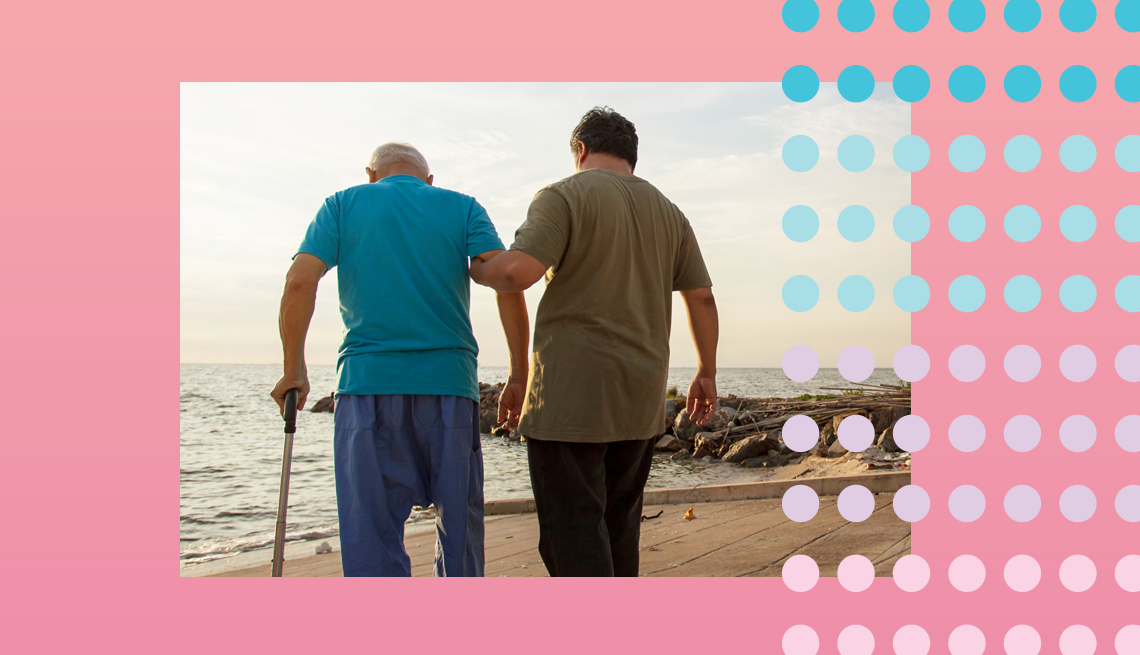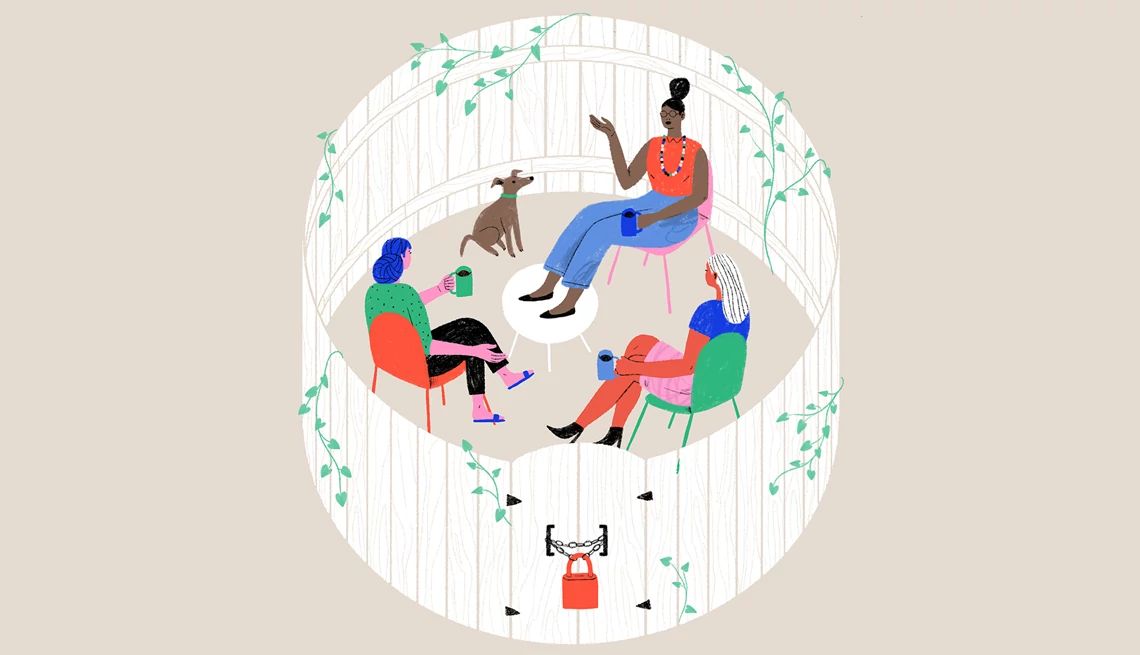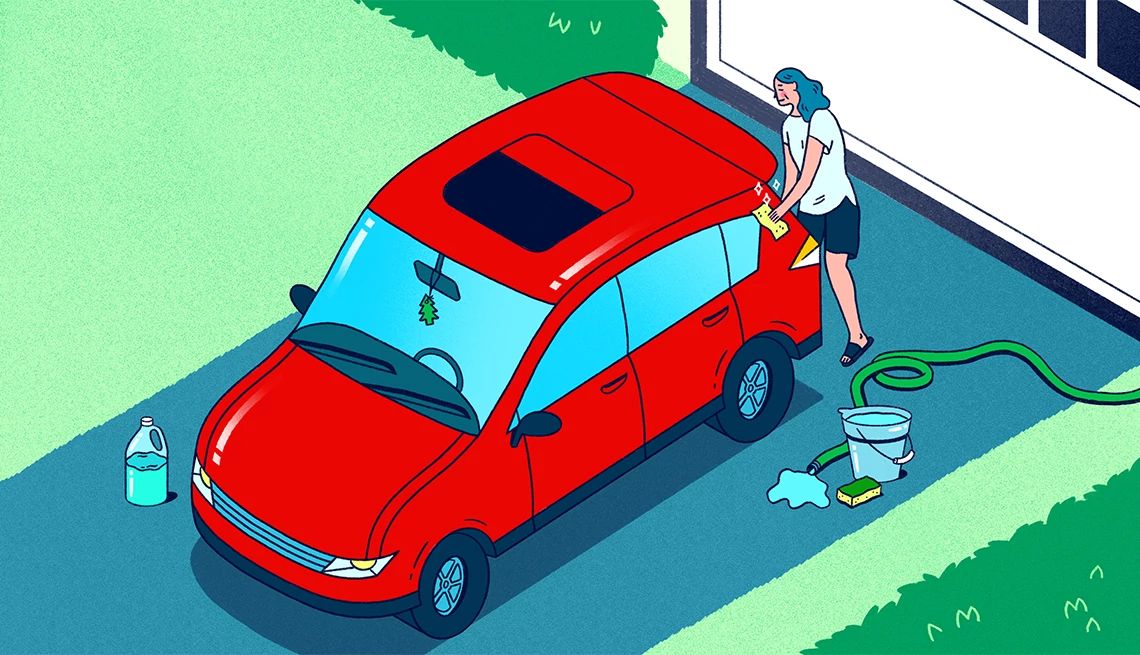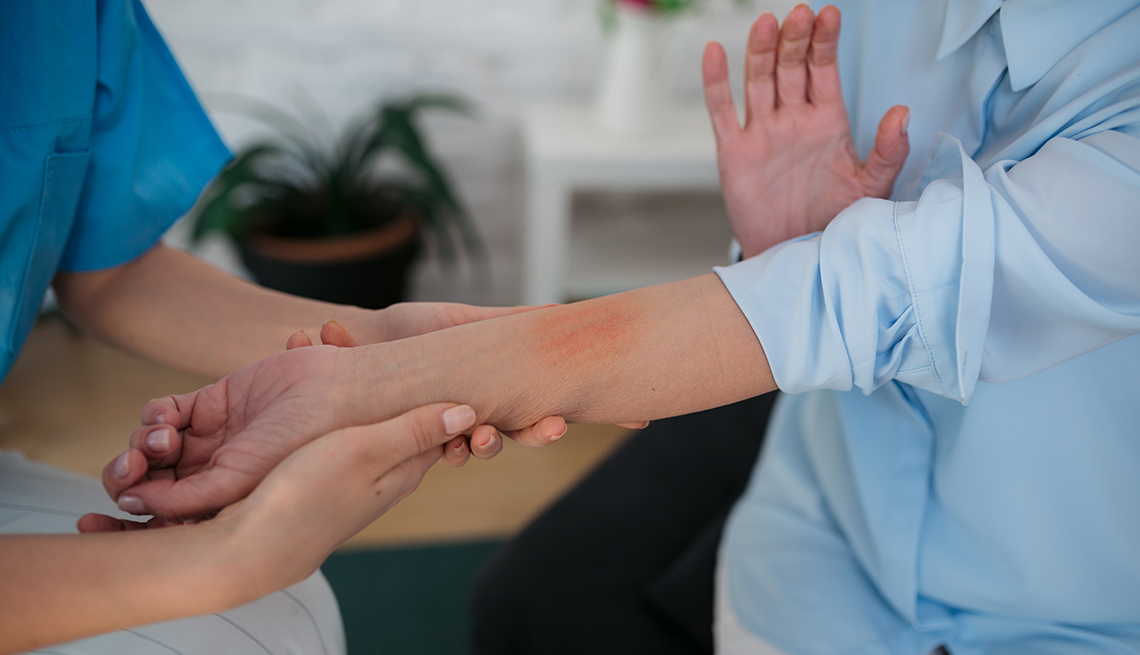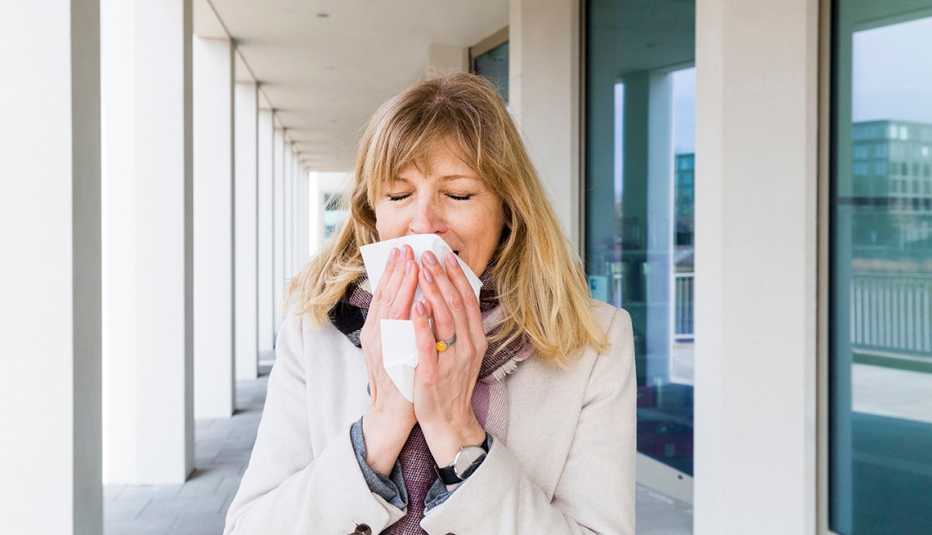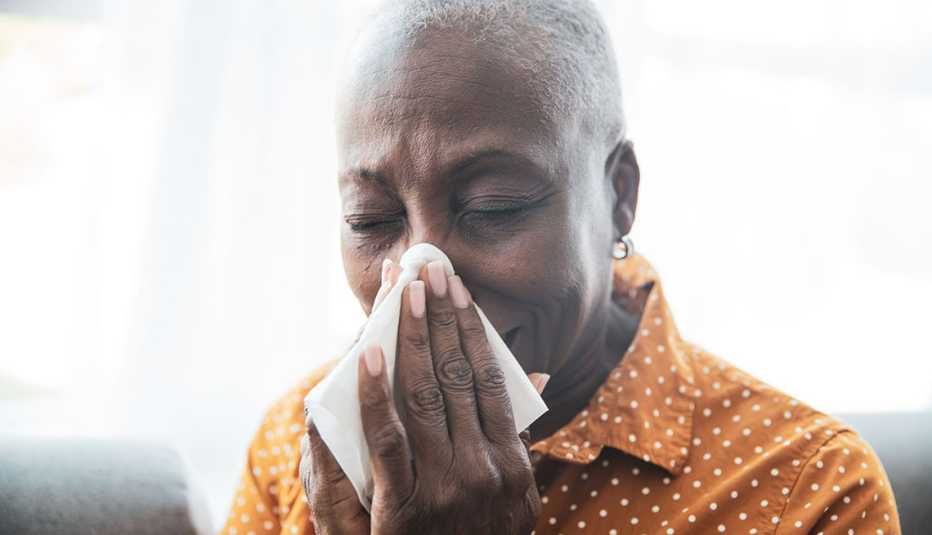Symptoms: Itching, redness, swelling.
Treatment: With most skin allergies, the more you scratch, the worse the condition becomes. You should use moisturizers and topical ointments and steroids that reduce inflammation. Antihistamines can be helpful to reduce itching. If you have a rash that’s persistent or painful, spreads quickly over most of your body, causes a fever or is oozing yellow or green fluid, see a doctor.
4. Food allergies
As with insect allergies, reactions to certain foods can occur quickly and suddenly, and if not treated immediately, they can be life-threatening. When you’re allergic to a food, your immune system overreacts to a particular protein found in that food. Often it takes only a small amount of food to trigger the reaction, which usually occurs within a few minutes to two hours of the time you ate the food. The foods most often responsible for allergic reactions include cow’s milk, eggs, fish, peanuts, shellfish, soy, tree nuts and wheat.
“While food allergies are more common in the young, as we age and introduce new foods, the potential to develop new allergies increases,” says Namazy.
Symptoms: Food allergies can cause mild to serious reactions. These include hives, red and itchy skin, itchy or stuffy nose, sneezing, itchy and tearing eyes, vomiting, stomach cramps, diarrhea and swelling. Symptoms of anaphylaxis include wheezing; tightening in the chest; trouble breathing; tingling in the hands; vomiting; stomach cramps; diarrhea; and swelling in the feet, lips and scalp.
Treatment: If you know you have severe allergic reactions to food, you should carry an epinephrine auto-injector with you at all times, in case of an anaphylactic reaction. If you have a reaction for the first time, see a specialist who can determine which foods you are allergic to, so you can avoid them. When you shop, read food labels to make sure you don’t eat anything that contains the food triggers you’ve reacted to. To prevent adverse reactions, always ask about ingredients when you eat in a restaurant, or eat foods prepared by family or friends.
Since food allergies can be life-threatening, you must always be prepared by wearing a medical alert bracelet or necklace and carrying an auto-injectable device containing epinephrine.
5. Drug allergies
Because older people take three times as many medications as younger people, according to Namazy, they tend to have more frequent allergic reactions. The chances of developing an allergy to a medication are higher when you take it frequently or when a medication is rubbed onto the skin or given by injection rather than taken by mouth.
The most common allergy-causing drugs include antiseizure drugs, insulin, substances containing iodine (X-ray contrast dyes), antibiotics like penicillin, nonsteroidal anti-inflammatory drugs like ibuprofen, anticonvulsants and chemotherapy drugs.
“Allergic reactions to medications are sometimes difficult to identify, as they tend to recur with repeated exposure to the same medication and symptoms can be similar to other conditions,” says Owens.
Symptoms: Vomiting and hair loss with cancer chemotherapy drugs, upset stomach from aspirin or diarrhea from antibiotics, skin rashes (especially hives), itching, respiratory problems and facial swelling. As with insect and food allergies, anaphylactic shock symptoms can occur.
Treatment: If you have an allergic reaction to a medication, consult your doctor, but unless symptoms are life-threatening, don’t stop taking a medication without talking to a health professional. A doctor can determine whether you should temporarily or permanently cease taking your medication and should be able to offer an alternative. If you are allergic to a specific medication, that information should become part of your permanent medical record, and all your doctors should be informed.
Is It a Cold, the Flu or an Allergy?
How to tell the difference
Allergies, colds and the flu can all make you miserable. They all affect your respiratory system, making it difficult to breathe. People who suffer from airborne allergies often think they have a cold, and when symptoms are more severe, they may think they have the flu. The common cold and the flu are both caused by viruses, but an allergic reaction is caused by your immune system responding to a trigger.
“Usually, a cold will start with a sore throat, followed by a few days of sneezing and a runny nose,” says Gary J. Stadtmauer, M.D., an allergist and clinical immunologist in New York City. “The flu is more serious than a cold, with symptoms including fever, chills and coughing. Allergies do not cause fever.”
Airborne allergies
- Symptoms last as long as allergens are present
- Stuffy and runny nose
- Itchy, watery eyes
- Treat with antihistamines, decongestants, nasal steroids
Flu
- Symptoms last one to two weeks
- Fever
- Aches, pains
- Exhaustion, weakness
- Chest discomfort and cough
- Treat with fluids, rest, over-the-counter medicine and prescription antiviral drugs
Cold
- Symptoms can last up to two weeks
- Stuffy and runny nose
- Sore throat and cough
- Treat with antihistamines, decongestants, nasal steroids




